The forest is a beautiful environment where you can escape and recharge your batteries with friends and family, which is why so many people go camping or hiking every year. However, it is best to be well prepared and know some basic forest survival skills before going camping. This way, if you get lost, you will know exactly what to do so that this misadventure does not turn into a disaster.
Warning: The survival tips presented on this site are for information purposes only. The authors are not responsible for the individual actions of the reader or the use of the information presented on this page.
1. Stop and think
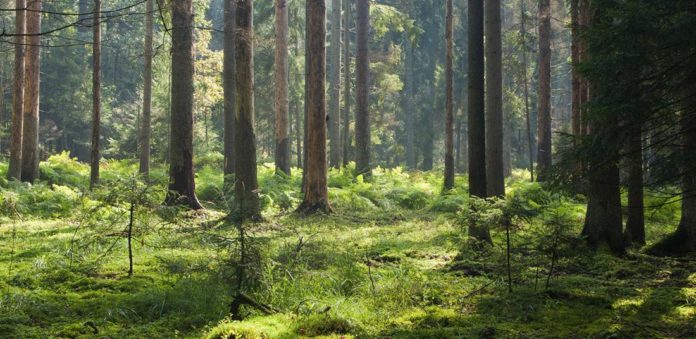
Use the Scouts’ mnemonic “STOP” technique, which means “Stop, Think, Observe and Plan”.
You have just discovered that you are lost in the forest. You don’t know if the rescue team will be here soon. Here is a list of things you should do:
1. Retrace your steps;
2. Find a source of drinking water;
3. Make a fire;
4. Find or build a shelter before nightfall;
5. Make a weapon that you can use for self-defence;
6. Find a source of food;
7. Travel in one direction during the day.
2. Retrace your steps

The first thing to do is to see if it is possible to turn back and retrace your steps towards the last known path you remember.
3. Find water
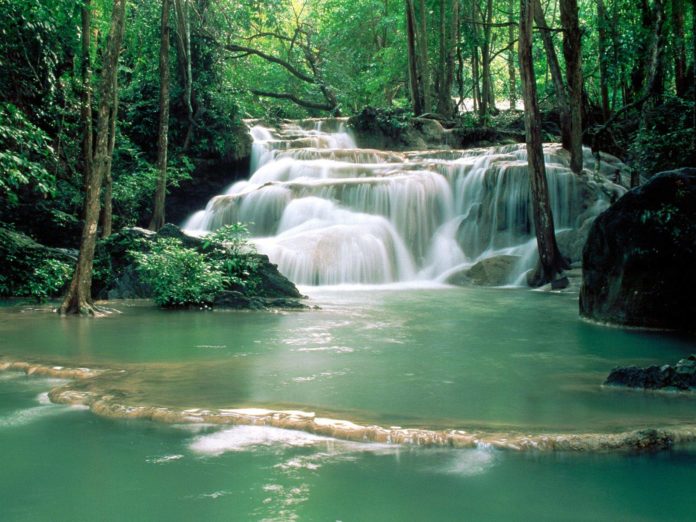
One of your first priorities should be to stay hydrated. The human body can only survive 3 or 4 days without water, so start looking right away for a source of drinking water.
Common water sources
- Streams/Rivers: Any stream or river with running water will be a good source, but keep in mind that just because it looks clean, it doesn’t mean it is. You will need to boil the water to kill all bacteria before drinking it. If you have an aluminum can, it will be an effective container for boiling water on the fire;
- Lakes: If you encounter a lake, it is an excellent resource for water. You should also boil this water to avoid getting sick from bacteria;
- Rainwater: If it rains, be sure to set up some containers to collect rainwater;
- Solar water: If there is no rain or fresh water available and you have a plastic sheet, you can create solar water.
4. Here is how to create some solar water
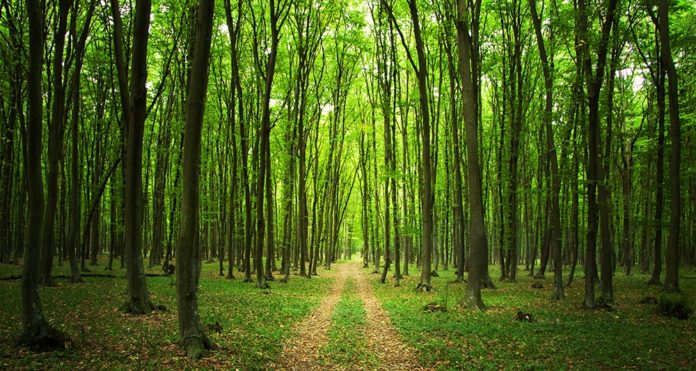
- Dig a hole in the ground;
- Place a container in the center of the hole;
- Fill the holes around the container with something moist, such as leaves;
- Place a plastic sheet over the hole and secure the sheet in place with larger rocks around the edges of the hole;
- Place a small rock in the center of the plastic, just above the container;
- Condensation will occur on the underside of the plastic. The container will fill with distilled potable water.
5. Make a fire/stay warm
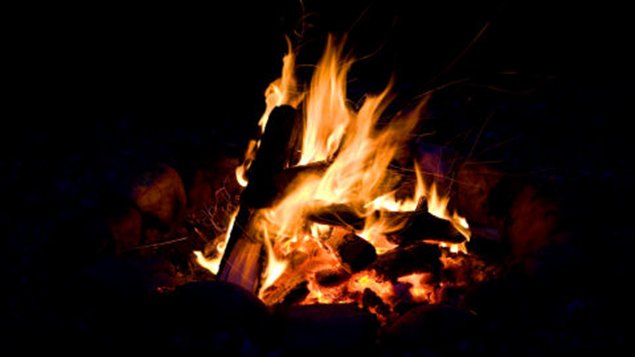
Throughout the survival stages, you will always want to stay dry. Keep warm with layers of clothing. You will also want to create a fire every night to keep your body temperature warm. Use the heat of the fire to dry any clothing you may have wet during the day.
6. Make or find a shelter

Finding shelter is an important aspect of survival. You must find a place to rest, while protecting yourself from the elements, such as wind and rain.
Find a shelter:
If you are able to find a cave, choose this as your first accommodation option. However, before entering the cave, make sure it is not occupied by animals, such as bears.
If there are no caves available, your next option is to create a Lean-To Shelter. This is relatively easy to do in a short time. Here’s how to do it:
- Find a large branch and tilt one end on a tree;
- Place smaller branches at 45-degree angles along the large branch;
- Cover the entire structure with leaves and foliage.
7. Predators

When you find yourself lost in the forest, you should be aware that there are predators and they are dangerous. Try making a spear or knife to protect yourself. Of the many predators to watch, bears are the most dangerous (especially grizzly bears).
Black Bears: If you see a black bear 50 metres or more away, continue hiking making sure you don’t get closer. If you see the bear and it does not see you, walk carefully and speak aloud to warn the bear of your presence.
Grizzly bears: If you encounter a grizzly bear, avoid eye contact. Slowly retrace your steps and leave enough room for the bear to escape. Speak softly, but try not to show signs of fear.
Never run in front of a bear. This may encourage the bear to attack you and they will catch you. The most dangerous scenario is to be between a mother bear and her cubs. If you see a mother and a young cub, be aware that other young bear may be around.
8. Movements and rest
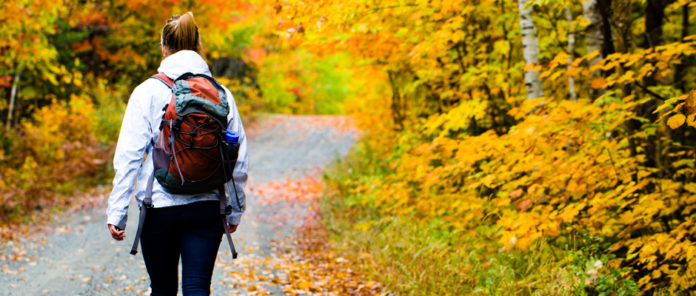
If you have left your home and informed your loved ones that you are going camping or hiking, it is likely that there will be a rescue team looking for you. If so, stay put. It’ll be easier to find you if you don’t walk around. If you don’t know if a rescue team is coming, at least stick around. Use the other steps listed in this guide to survive the wait. When you come to the conclusion that no help is coming, it is time to take matters into your own hands. You will need to return to civilization. To do this, you must follow the steps described here:
- Travel by day and sleep at night;
- Your best way back to civilization is to find water and follow it downstream. As is often said, “all currents lead to the ocean”. In the case of forests “all streams lead to a path or road”;
- Start by walking in one direction until you find a river or stream. By following the water, you are more likely to eventually hit signs of civilization.
9. Tools and weapons

If you have a knife, it is your most valuable tool in any survival situation. You will need it for various tasks that require you to dig, hunt and cut. Knives are also used as a personal defence and as a tool to create and cut other tools from the materials at your disposal. The problem is that many people in survival situations do not have access to a knife, so the best thing to do is to create your weapon.
Here’s how to make a stone knife:
- Find an obsidian stone or any other stone that has a smooth glass surface;
- Find a larger stone and use it to scour pieces;
- By flaking pieces, you will end up skimming a piece that looks like a knife.
Here’s how to make a wooden spear:
- Find a tree branch. The harder the wood, the better;
- Make sure the thickest part of the branch acts as a comfortable handle;
- Use your knife to carve the tip into an effective stabbing end.
10. Finding food

There are two sources of food in the forest: plants and animals.
Unless you have a guide to edible plants, it is best not to eat them.
Characteristics of toxic plants:
- White or yellow berries;
- Thorns;
- Mushrooms;
- Bitter or savoury taste;
- Transparent/glossy leaves;
- Leaves in groups of 3;
- Umbrella flowers;
- Almond odour.
Do not hunt animals unless you are a highly qualified hunter. Your best option is to trap the animals. Hunting animals uses valuable energy that you should use to perform other survival tasks from this guide.
Source:
SurviveNature


![[Photos] Why WD-40 Is Magic In Your Garden?](https://lifetonik.com/wp-content/uploads/sites/7/2019/08/WD40-Prices-Highres_Page_8_Image_0008-218x150.jpg)




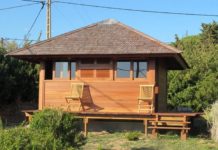
![[Photos] Take A Look Of The Obama’s New Home Before It’s Banned](https://lifetonik.com/wp-content/uploads/sites/7/2019/07/Obama1-218x150.jpg)

![[Slideshow] Celebrity Homes: 21 Of The Most Luxurious](https://lifetonik.com/wp-content/uploads/sites/7/2019/07/Taylor-Swift-218x150.jpg)
![[Slideshow] More Parents Are Now Gluing Pennies to the Bottom of their Kid’s Shoes](https://lifetonik.com/wp-content/uploads/sites/7/2019/07/Keep-Them-Entertained-218x150.jpeg)
![[Photos] 20 Fashion Mistakes That Too Many Women Make!](https://lifetonik.com/wp-content/uploads/sites/7/2019/07/5-style-mistakes-that-make-you-look-frumpy-featured-218x150.jpg)



















![[Gallery] 25 Discounts For Seniors To Which You Are Entitled Without Knowing It](https://lifetonik.com/wp-content/uploads/sites/7/2019/08/EAZxECUXUAAvNZR-218x150.jpg)
![[Slideshow] Here’s the salary of every governor in the United States](https://lifetonik.com/wp-content/uploads/sites/7/2019/08/Charlie-Baker-218x150.jpg)
![[Photos] No One Will Want To Buy This House After Seeing These Pictures](https://lifetonik.com/wp-content/uploads/sites/7/2019/08/terrible-real-estate-photos-2-5c35e727c9f95__700-218x150.jpg)



